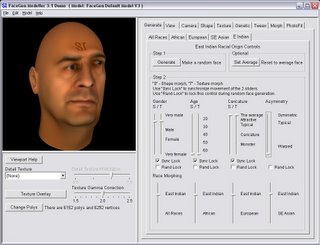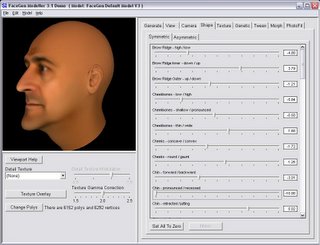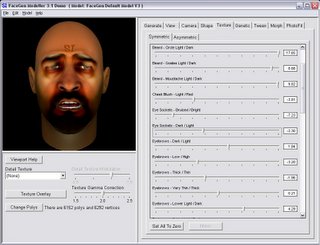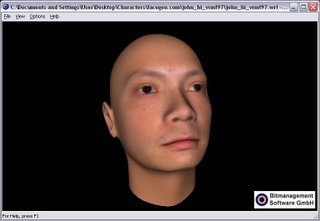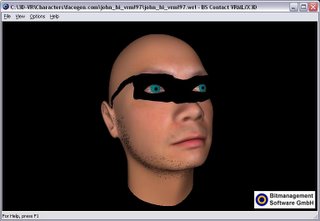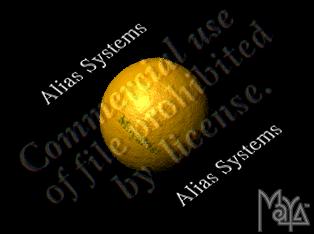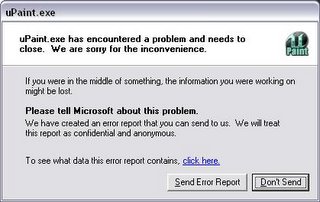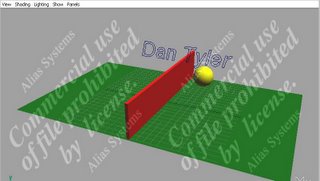Blizzard wins lawsuit on video game hackingRecently the computer developer Blizzard Entertainment was the winning party of a court case involving their online website Battle.net. The dispute centered around two outside software engineers, Ross Combs and Rob Crittenden, who reverse-engineered the Battle.net software and then provided their own version of the game server, called BnetD, to the public free of charge. By purchasing and installing the software the defendants had to agree to both the End User’s License Agreement for the software and Terms of Usage for the Battle.net server. Language within these agreements states that any owner of the software is simply licensing the software and not officially the owner of the software, therefore not able to distribute the software in question. The defendants on the other hand claim that by purchasing the software they became the rightful owners of the content contained in the software, and therefore able to alter and modify these games as they desired. Obviously the outcome of this court case will have widespread consequences for not only Blizzard, but the gaming industry in general.
While there is no official comparison, according to gamers who utilized the BnetD software a byproduct of the unofficial game servers were a faster response time and a decrease in amount of bugs present, two common complaints about the Blizzard game servers. The outside engineers were intent on providing a service to anyone in possession of the game software, by improving on the currently available setup. However Blizzard Entertainment was not in agreement, contending that the defendants were circumventing their anti-piracy regulations and encouraging the proliferation of pirated copies of their software. From the Battle.net site individuals around the world can compete with each other in various Blizzard produced games; such as Diablo II, Starcraft and Warcraft. The only requirements are an internet connection and a valid copy of the software game. The price for the software is $50 when released, however access to Battle.net is free of charge. At any given time over 200,000 individuals may be found on the Blizzard game servers, and over 12 million active users overall. Each individual must have purchased a legitimate copy of software in order to participate in access the server. The unofficial servers did not validate if the copy of game software used was legitimate, therefore this would cut into Blizzard’s profits and encourage others to further manipulate the game software.
Blizzard Entertainment
won the case and the unofficial game servers were deactivated. While this is a deterrent to any would-be game hacker, it also has implications to the game industry in general. While massive multiplayer games are not uncommon, Battle.net is considered one of the more successful servers available. With Blizzard protecting their intellectual property so strictly this will hamper other game designers from developing similar comparable server software. This will slow down the development and distribution of available multiplayer servers, and will limit the number of games available in such an environment.


